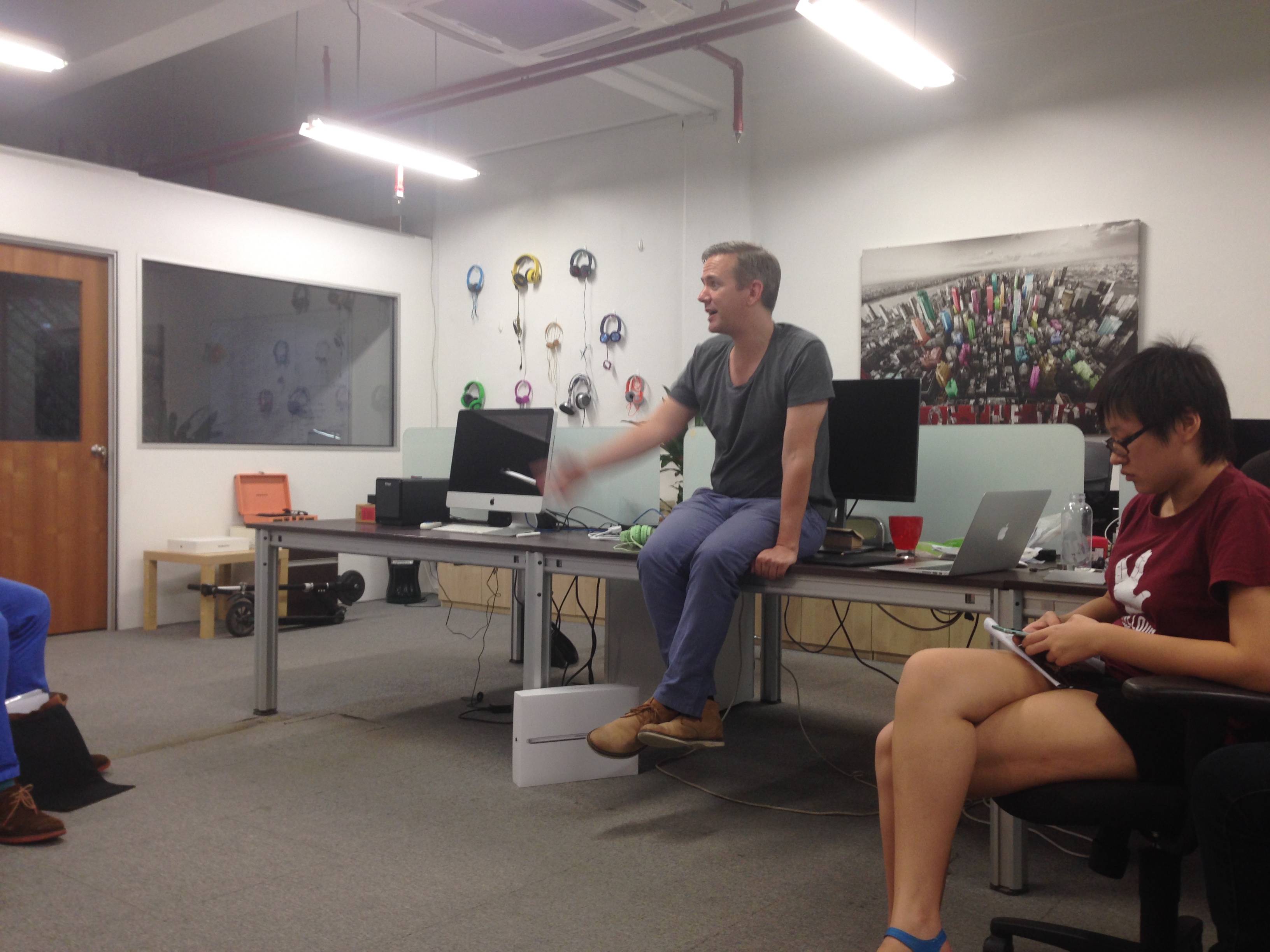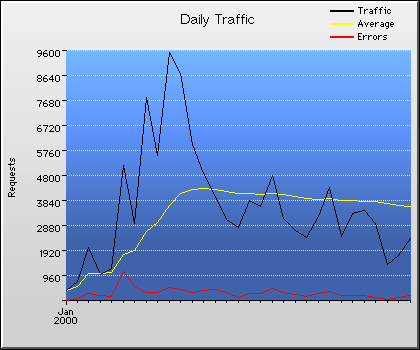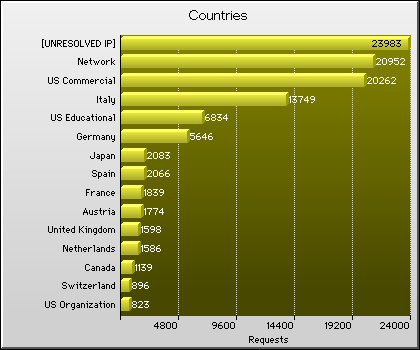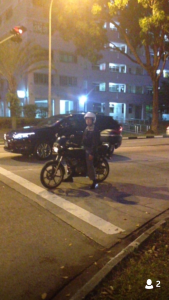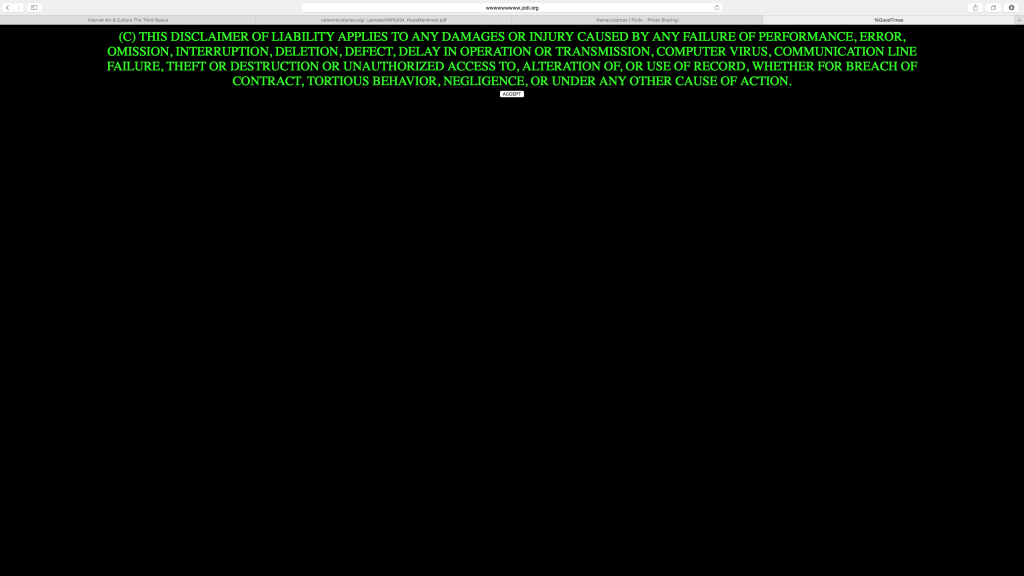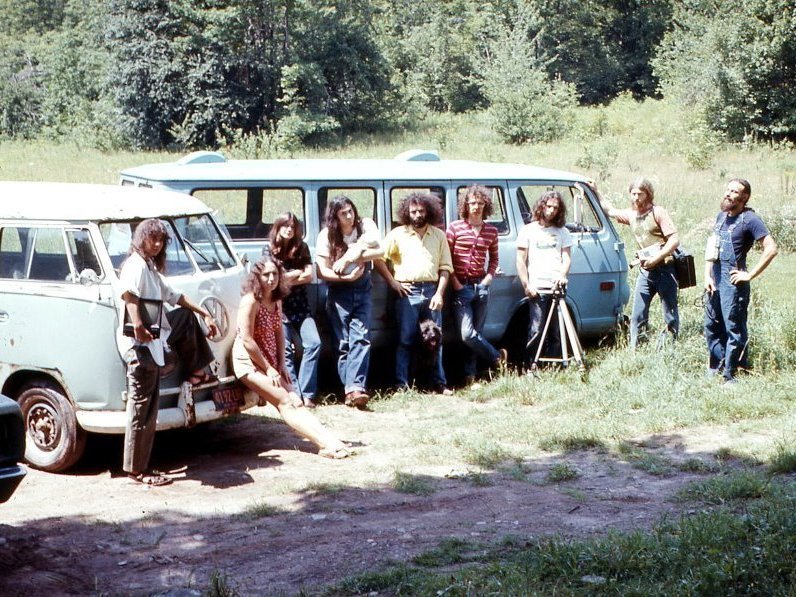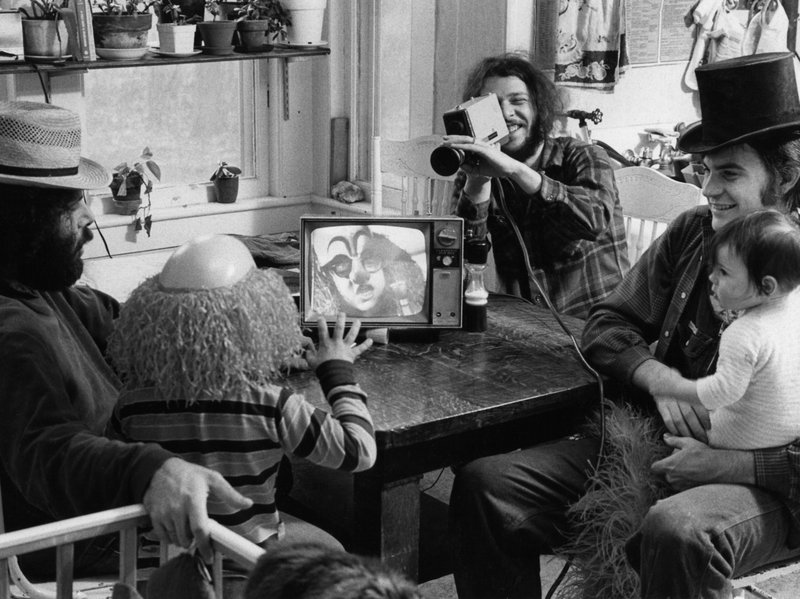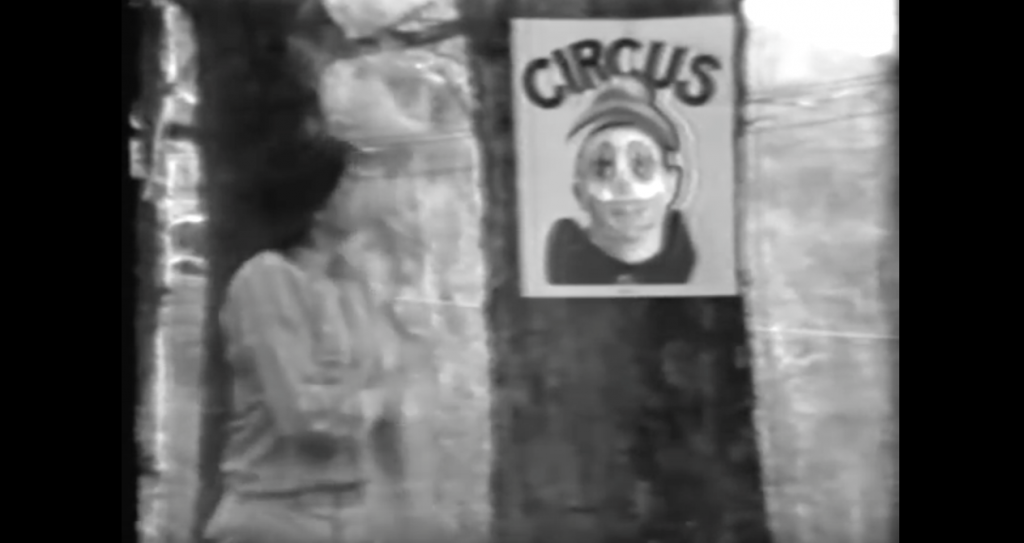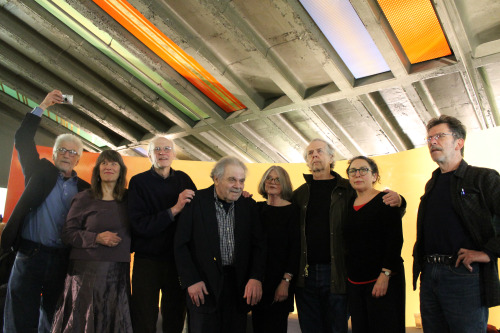Having the opportunity to go to Sonoport’s office is an eye opener! I am confuse whether to call it a studio or an office. It could be a studio as that is where they make their ‘sound’ happen, but it is also an office as it has a very formal arrangement.
Before the trip, I remember I was imagining how the office will look like. I picture a very modern and creative office as they are a creative company that works with sound. However, it turns out to be an disappointment. The office looks really boring and the walls are really plain. The table arrangement were pretty predictable and I just did sense any creative vibe at all when I was there the whole time actually. But its all good homie, as long as you guys do a good job and everyone’s happy, then that’s all that matters.
It was an insightful talk and introduction by the founder of Sonoport, Mr. Fredrik Brostrom. It is not easy to set up a business and approaching people to believe in you actually. Furthermore it is harder if no one wants to try the services that you provided, in this case, sound on an interaction web application. However, getting the capital is not that hard in Singapore as it turns out. We all know that Singapore wants to attract foreign investors to set up an office here. So spending millions on giving out grants to new established start ups is the only way. But anyway, Sonoport sounds and look interesting but sadly they don’t have a wide range of clients and portfolios, YET. So i am excited to see the future of web application since companies like Sonoport is trying to make that difference. Maybe Sonoport could be the next Facebook in terms of sound application in the near Future. 
As Permagnus wants us to come up with questions, I have came up with 2 in my previous post. But right after I leave the office and on my way home, I have more questions about Sonoport that I wished I have asked them. The questions changed before and after the trip actually.
1. What is the future of sound in web application? Say about 10 years, will sound make an impact on the internet as much as visuals do.?
2. Is Sonoport a multiple design studio? They have another office in the UK as they mentioned.
3. Why does Sonoport restrict their business to just web base kind of audio? In my head, I was thinking there are brands out there that has a signature sound effect for example yahoo has that signature music that shouts ‘YAHOOOOOOO’. Why didn’t sonoport create sound for different companies and brands?
4. It makes me question if Sound really matters in an interaction? How percentage is the sound plays an important role than the main touch interaction itself?
On our way back to the bus, I saw 2 black cats roaming the carpark, creating attention and craving a pat or two by the larger human being. It makes me wonder if Sonoport should adopt this 2 cats or not.

